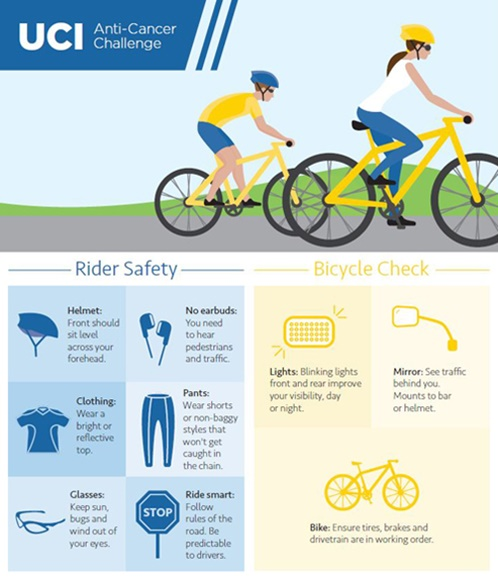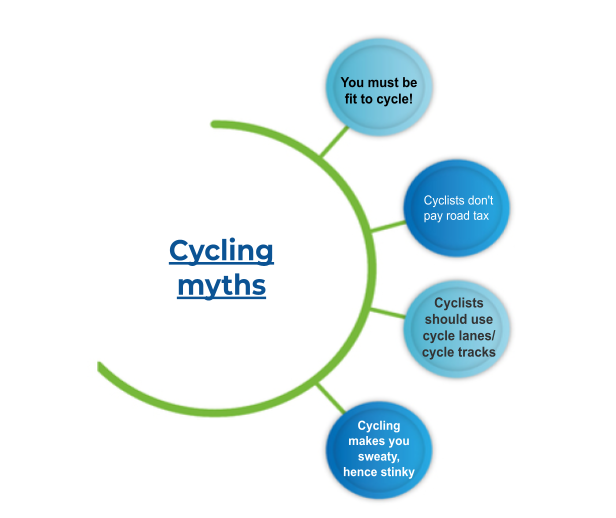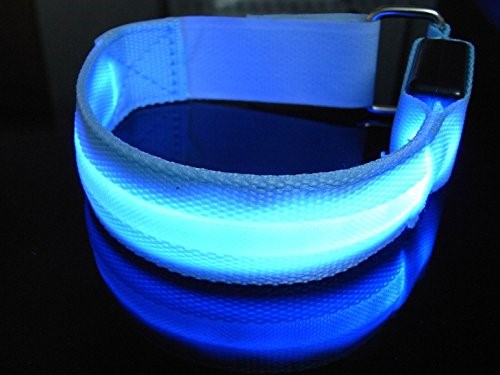


Credits- https://www.active.com/triathlon/articles/road-safety-tips-for-cyclists

Credits- https://www.cyclescheme.co.uk/community/featured/10-cycling-myths-uncovered

The reason you need a cycle helmet is quite simple – it protects your head from bumps and crashes. When shopping for a bike helmet, first identify what type of cycling you plan to do. There are road cycling helmets, mountain bike helmets, and full-face helmets. Full-face helmets are only necessary for more extreme forms of biking like downhill, dirt jumping and free ride mountain biking. Typically, a mountain bike helmet will cover you for most types of riding on roads, trails, or light off-road

After a helmet, the next most common piece of bike safety gear a cyclist is likely own is a pair of gloves. These are a good idea for several reasons.Firstly, if you fall off your bike, you’ll probably reach out to break your fall with your hands. In this instance, gloves protect the skin on your palms as you connect with the ground.Some bike gloves are also padded, which further cushions the blow of a fall while also giving you a more comfortable grip of the handle

One of the most common causes of cycling accidents is a motorist failing to see a cyclist while turning or changing lanes. For this reason, reflectors and lights that make you as visible as possible are paramount. There are plenty of options out there – from reflectors for nearly every component there is on a bike to high-vis wearables of all kinds. Let’s not forget actual powered lights either. Whichever option you pick, you should never be without some form of light-reflective material on each side of your body and your bike when you go for a ride.

If you’ve ever ridden down a country lane, you’ll know better than most how often insects love to fly right into your mouth or eyes as you zip by. Similarly, dust, stones and debris tend to kick up when riding on gravel toe-paths or main roads. That’s why you’ll often see cyclists riding in wrap-around sunglasses. Any stray bug or piece of dirt is enough to impede your vision, cause discomfort and distract you, which is obviously dangerous and could cause a crash. So, we recommend wearing cycling glasses.

Though you don’t tend to see mirrors very often on push bikes, they do exist – and they’re actually quite a useful piece of cycling safety gear. Mirrors come in various forms – some clip to your helmet or are worn as eyewear, others attach to your handlebars and a few even clip to the back of your gloves or wrist. Each of them offers different benefits. A helmet or eyewear mirror will move with your head, allowing you to see the full 180-degrees behind you, as opposed to a handlebar mirror which will only give you visibility directly behind your bike.
